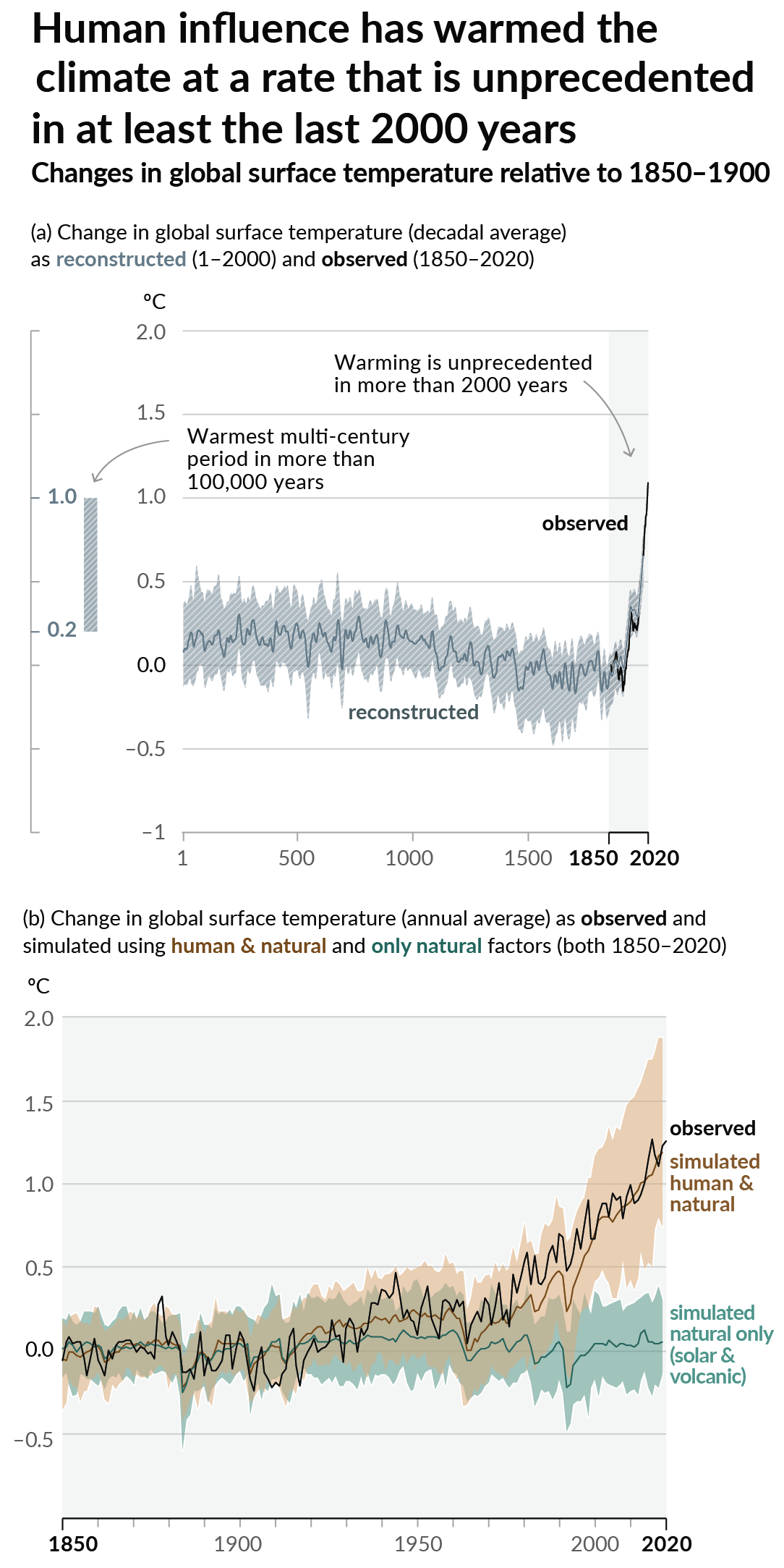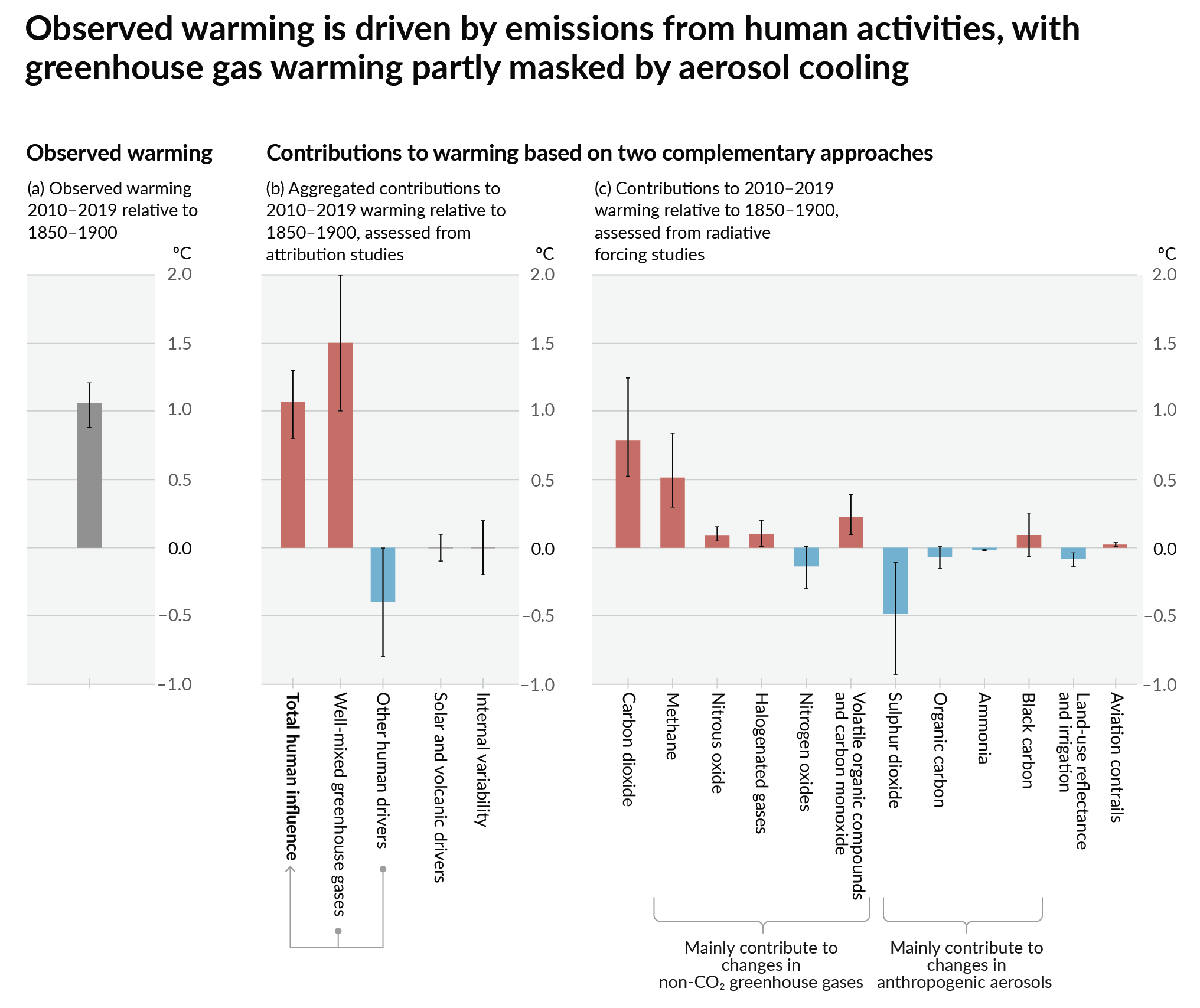Wonder how this contradicts the global dimming studies done during 9/11 when all flights over the US were grounded and things became warmer in the absence of contrails.
Things like this formula are great, and useful for gathering data on how bad a jet might be, but at the same time, this article is doing one of those classic media gambits: Blame the small-income individual.
Some parts of the world are only easily accessible by aircraft. Likewise, flying commercial is much more efficient than Taylor Swift's private jet zipping all over, and much more efficient than driving. This isn't the 1980s when people rode commuter flights between two cities by airplane for work every day.
Bob the individual can do nothing to change climate with regards to aircraft, that plane they might buy a ticket on, or not, will still be flying, to ship the cargo in the cargo hold, mail, and other things. Passengers are actually the last-place item on most flights from a revenue generator perspective.
Making private jets more cost-prohibitive is a good first step. They are exploding in popularity as the world literally burns. On land where land transportation is more viable, nations like the US should embrace trains instead of air. Also, in the US, flying is quickly becoming too expensive for a majority of the population, which means more people will revert to driving thousands of miles, which means net sum pollution will go up.
How much carbon one seat of hundreds on one plane of tens of thousands takes is inconsequential at this stage, there are much bigger pollution areas to be focusing on.


